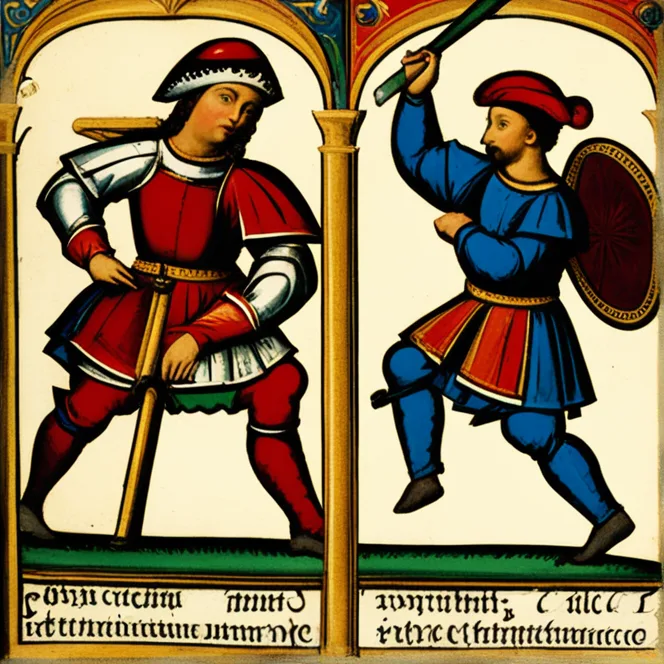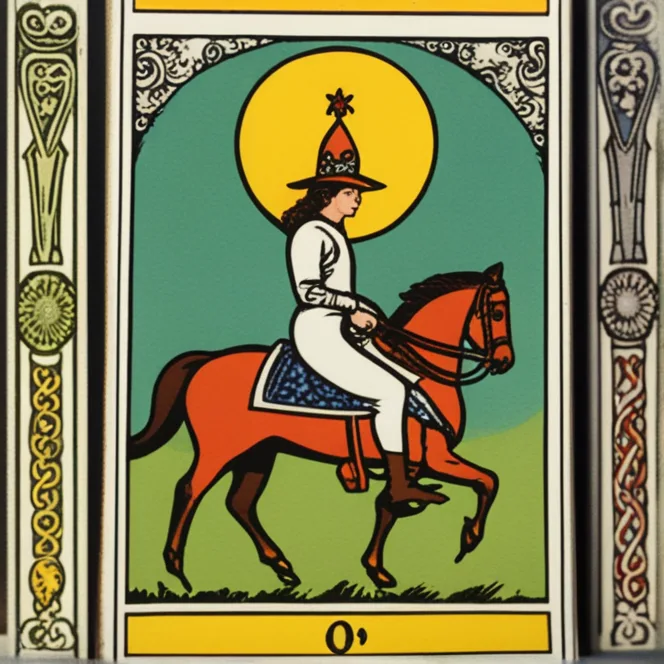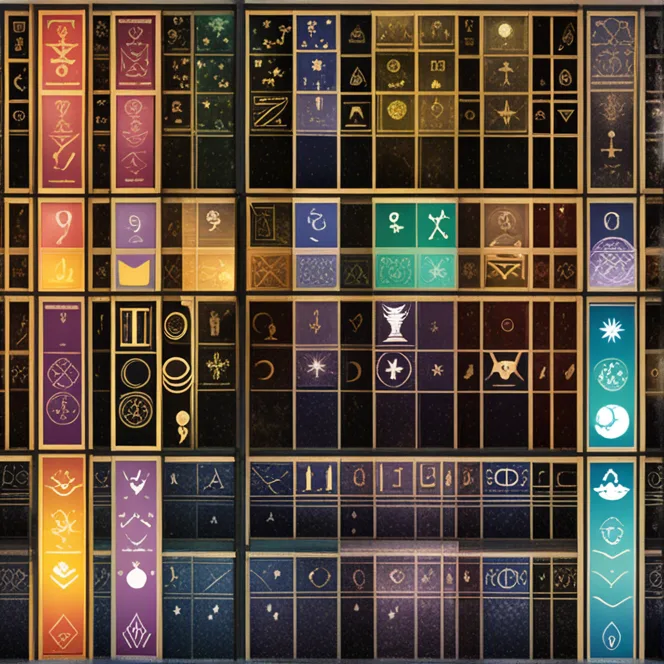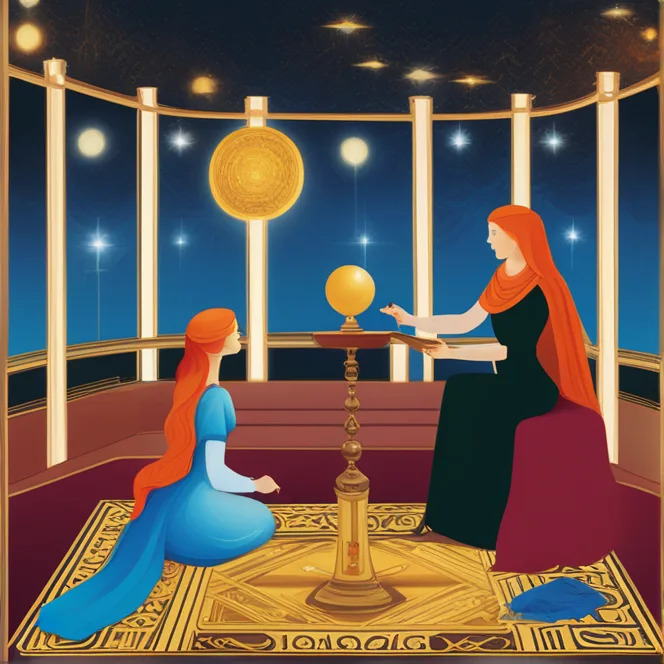
Tracing Tarot's Early History
The origins of tarot cards are shrouded in mystery, with speculations leading to the ancient cultures of Egypt and China. However, the most credible evidence points to the creation of the first tarot decks in 15th-century Italy. These cards, known as 'tarocchi', were used for games, with no immediate connections to mysticism. The early decks consisted of the same four suits we know today, plus a special fifth suit for trumps.

Transition to Mystical Tool
The transformation of tarot from gamepieces to a tool for divination didn't occur until the late 18th century. It was then that occultists in France and England began attributing deeper esoteric meaning to the images and symbols on the cards. Figures like Antoine Court de Gébelin argued that the tarot had ancient Egyptian origins, although those claims lack historical veracity.

Tarot and the Hermetic Order
Throughout the 19th century, groups like the Hermetic Order of the Golden Dawn further integrated the tarot into their mystical practices. This British society, which included members such as Arthur Edward Waite and Pamela Colman Smith, contributed significantly to the modern interpretations of the tarot. Waite and Smith went on to create the Rider-Waite tarot deck in 1909, which remains one of the most popular tarot decks in use today.

Modern Interpretations and Uses
Contemporary tarot has evolved into a sophisticated tool for introspection and counseling, often associated with astrology, biorhythms, and other divinatory sciences. Each tarot deck comprises 78 cards: 22 Major Arcana cards representing life's karmic and spiritual lessons, and 56 Minor Arcana cards reflecting the trials and tribulations that we face on a daily basis.

The Symbolism of the Cards
Tarot symbolism is rich and complex, weaving together astrological, numerological, and elemental associations that strike a chord with the collective unconscious. From the Fool's journey of the Major Arcana to the practical advice embedded in the Minor Arcana, tarot decks can offer insights that complement astrological forecasts for 2024 and the years to come.
Cultural Impact and the Digital Age
The cultural impact of tarot continues to expand as it adapts to the digital age. Online readings and apps have made tarot accessible to a broader audience, and the principles behind the cards are integrated into modern mindfulness practices. This evolution reflects not only the timelessness of tarot's archetypal imagery but also society's enduring quest for self-discovery and foresight into the future.
Published: 12/15/2023
Modified: 12/18/2023
More predictions
Come back here soon to learn more about yourself and your future


Tarot: Daily Insights
Discover what the tarot holds for you today with our insightful daily tarot readings.


Tarot: Wisdom In Quotes
Delve into the profound world of tarot through insightful quotes that encapsulate the mystical journey of life and divination.


Insightful Tarot Questions for Guidance
Discover effective questions to ask during tarot readings for personal insight and growth.